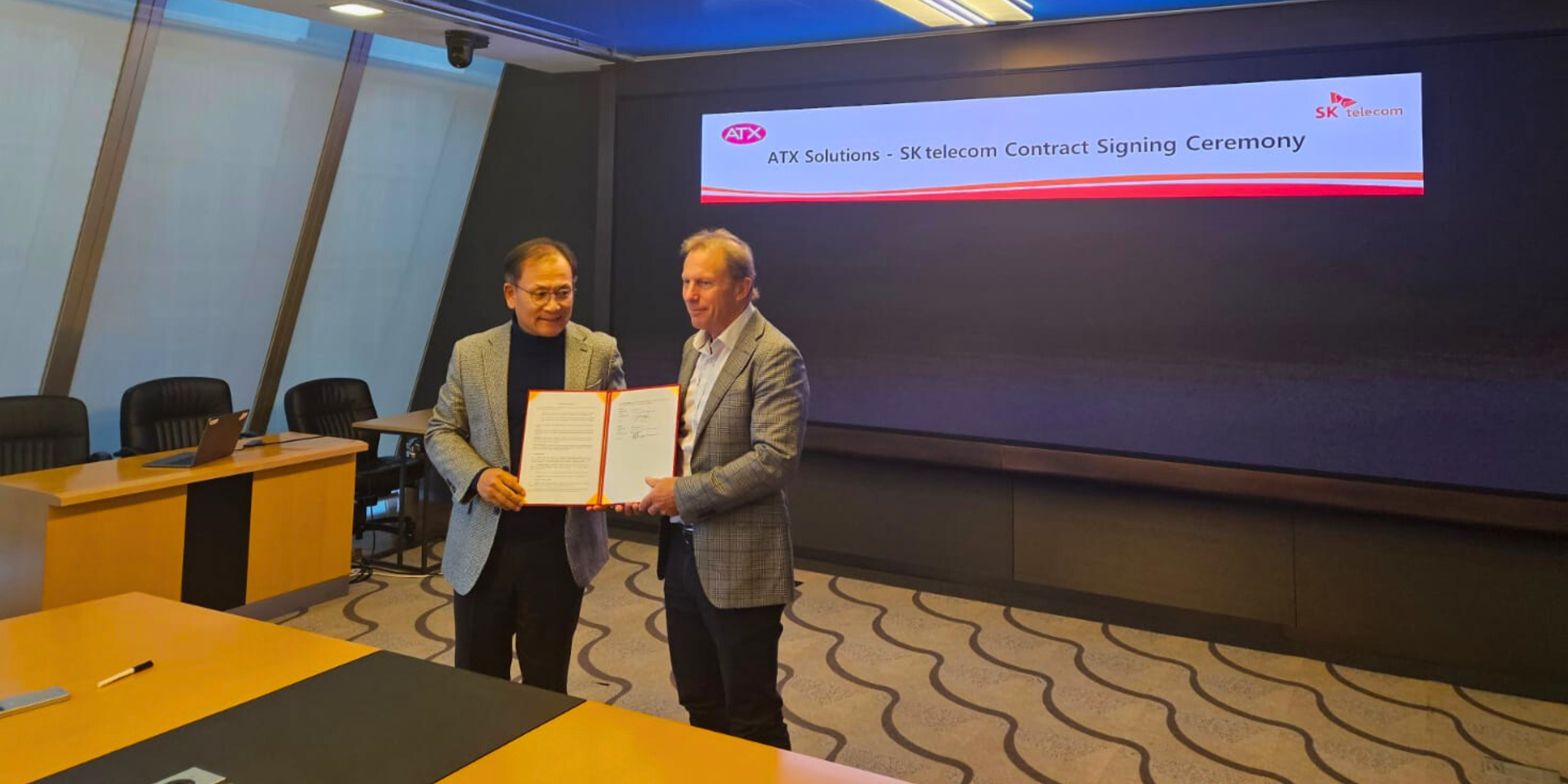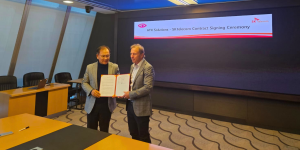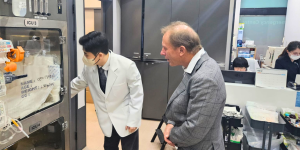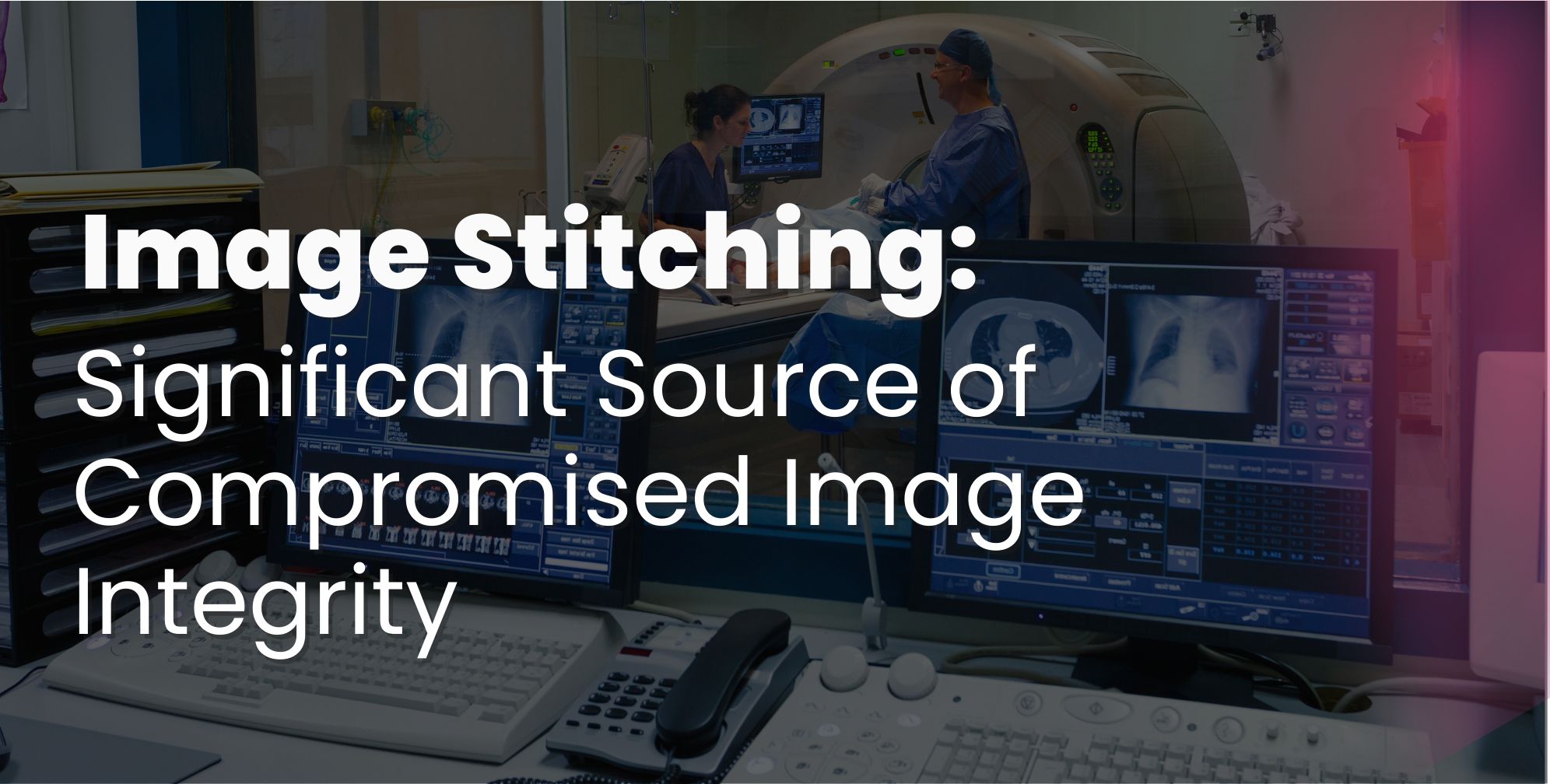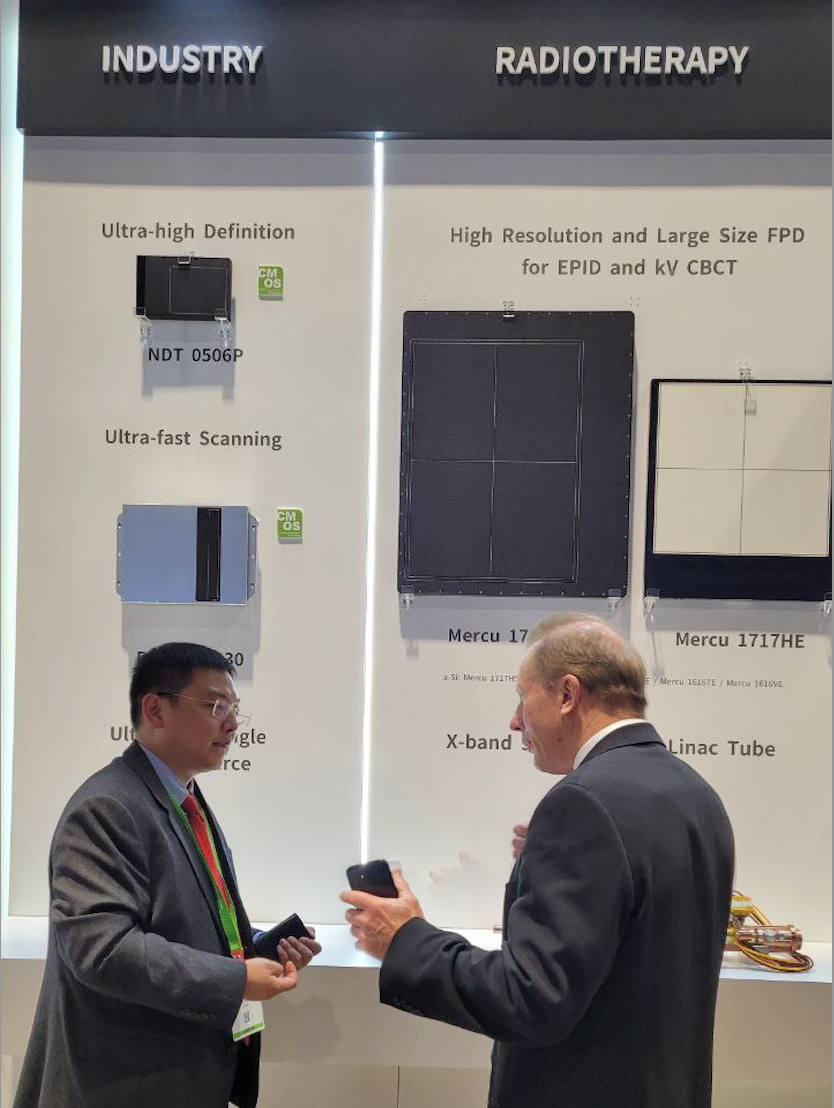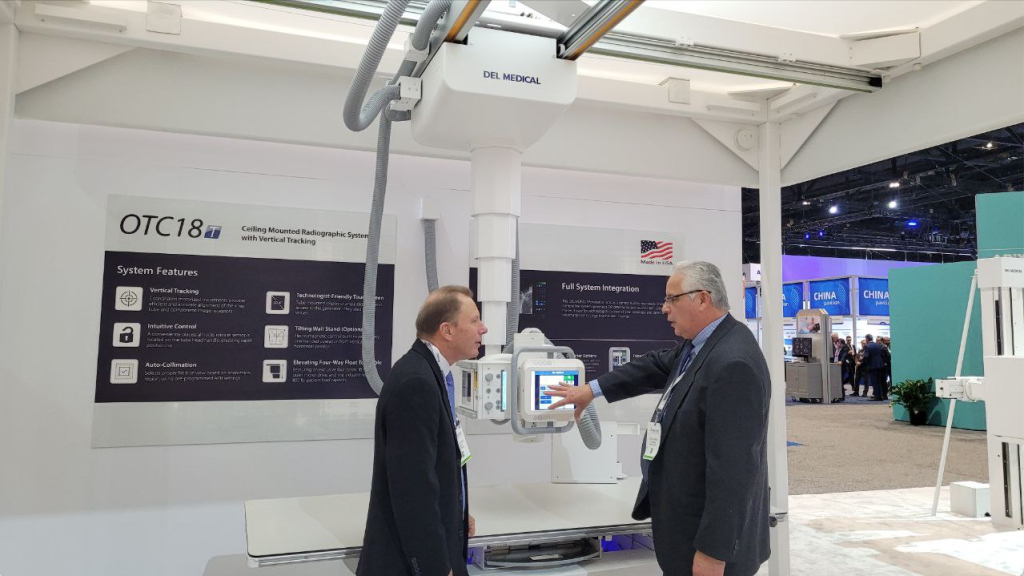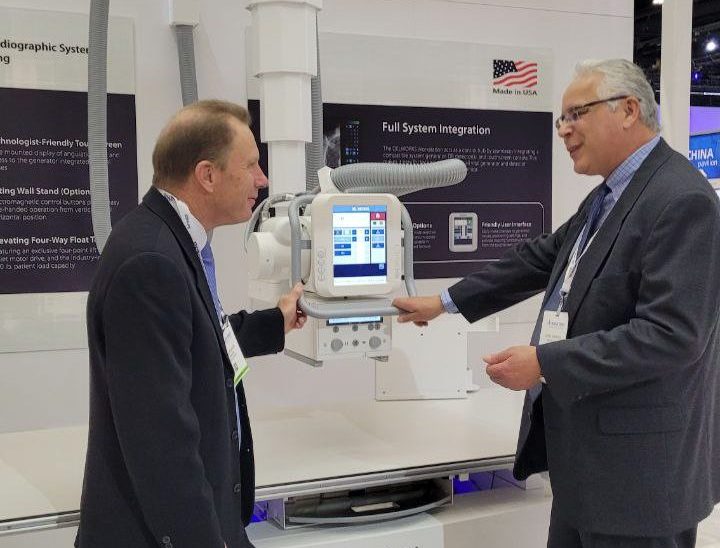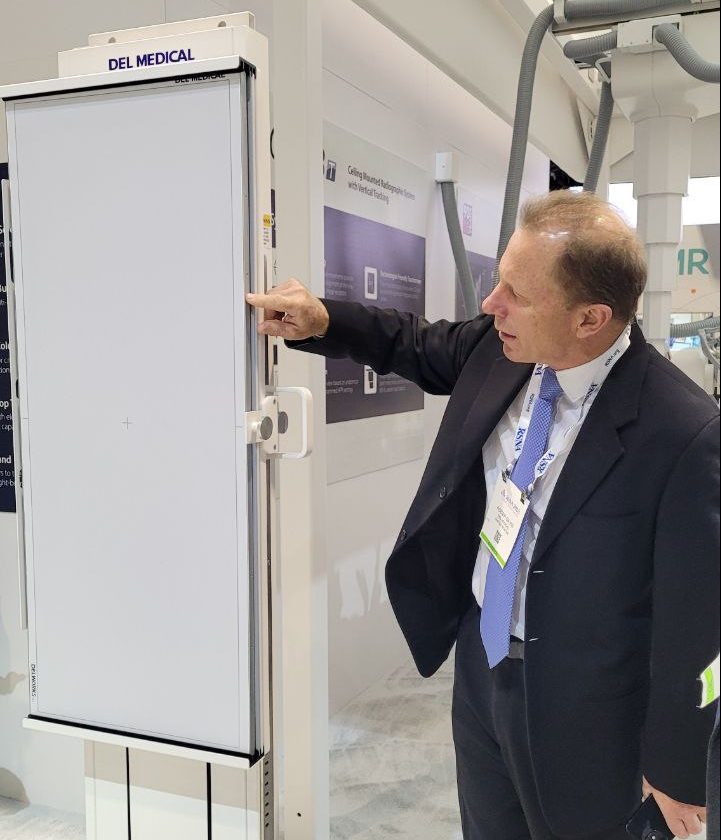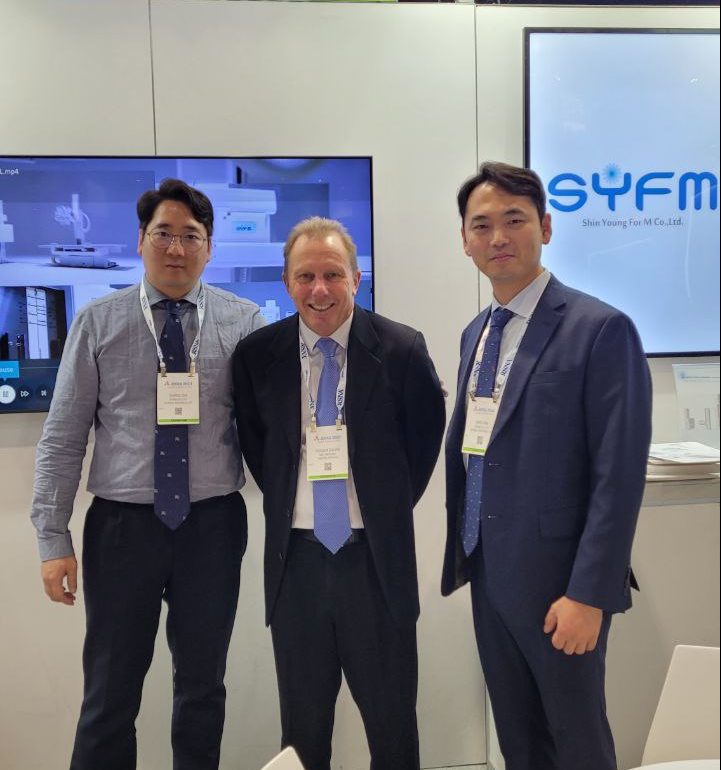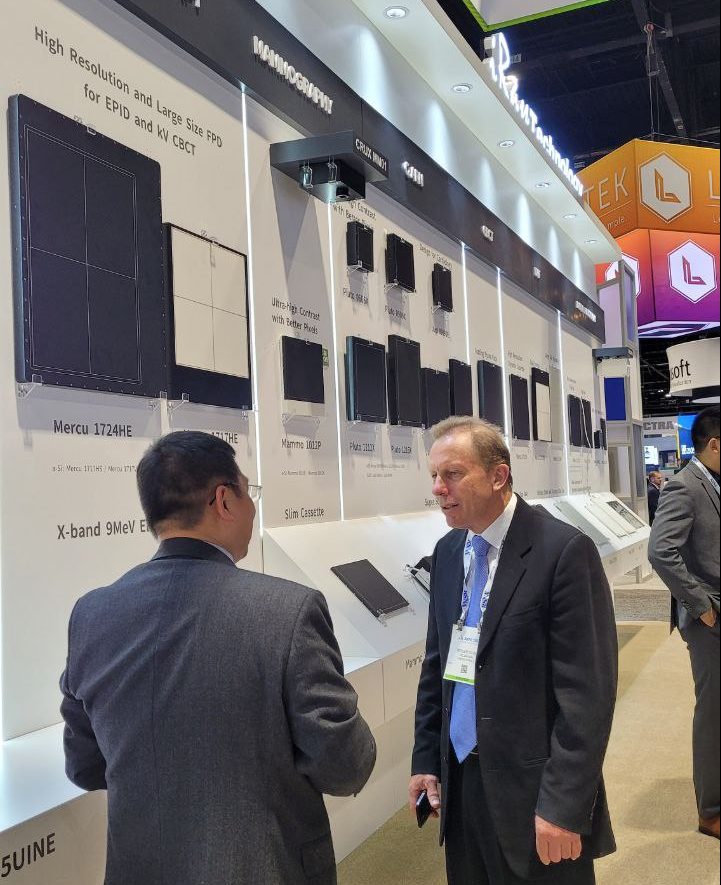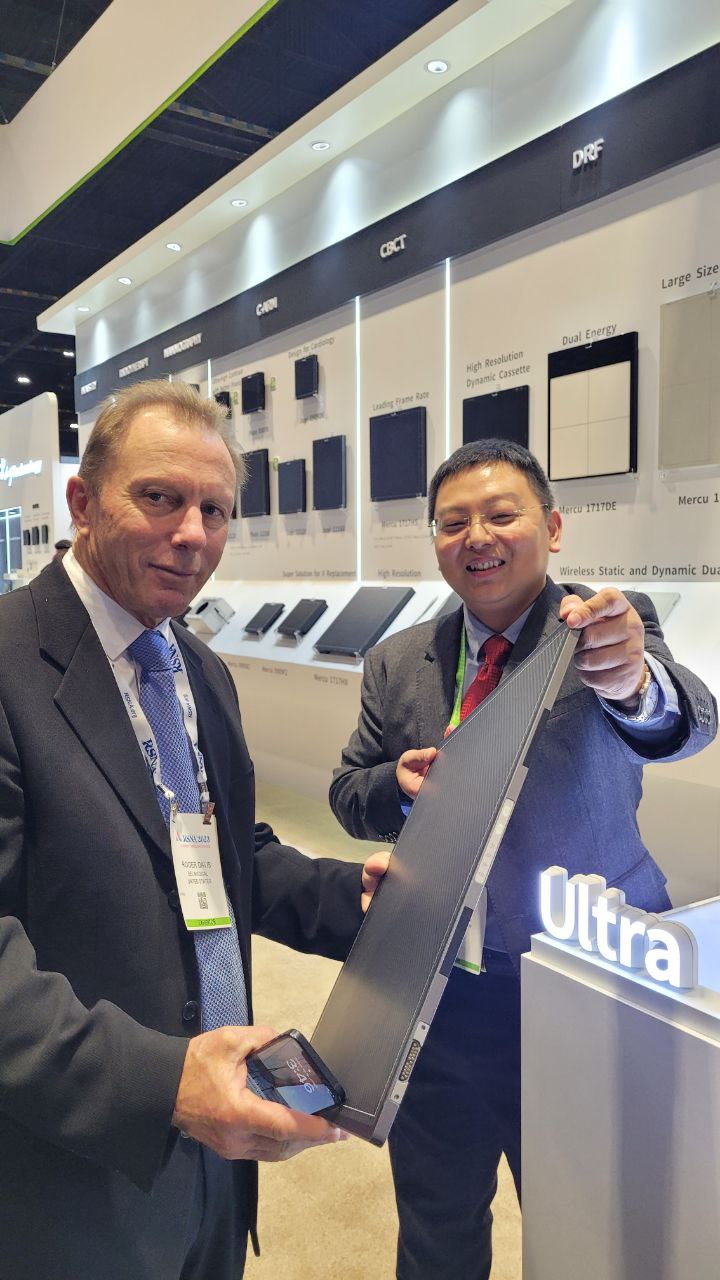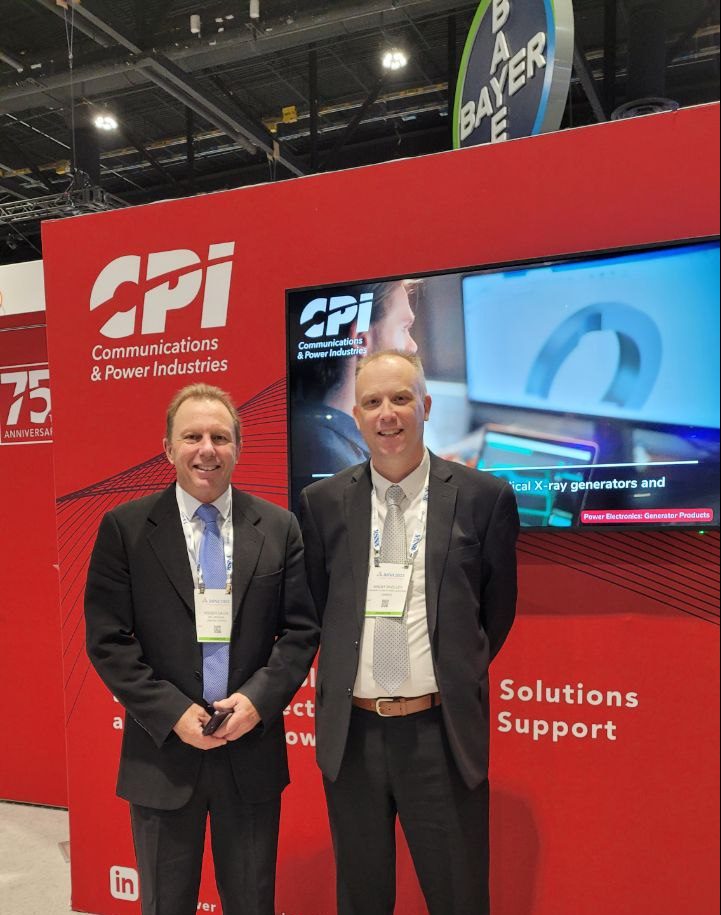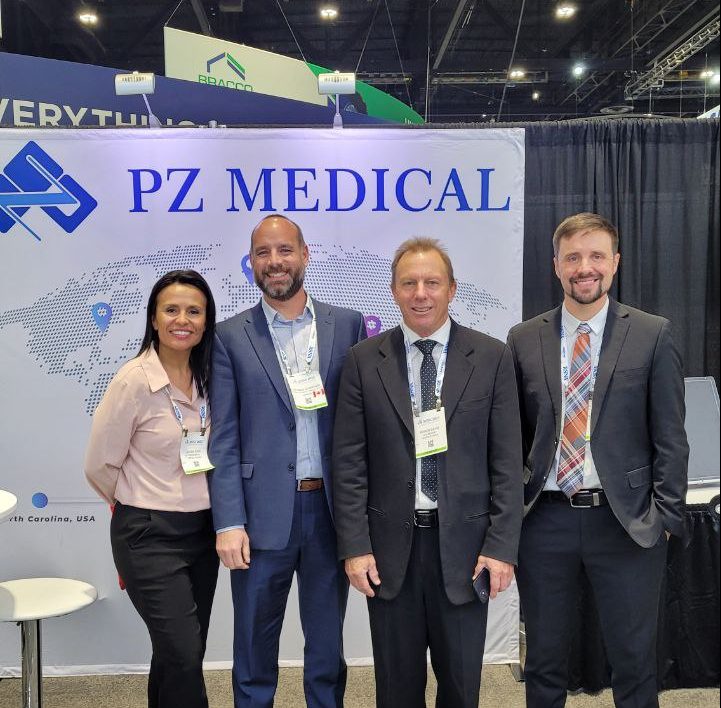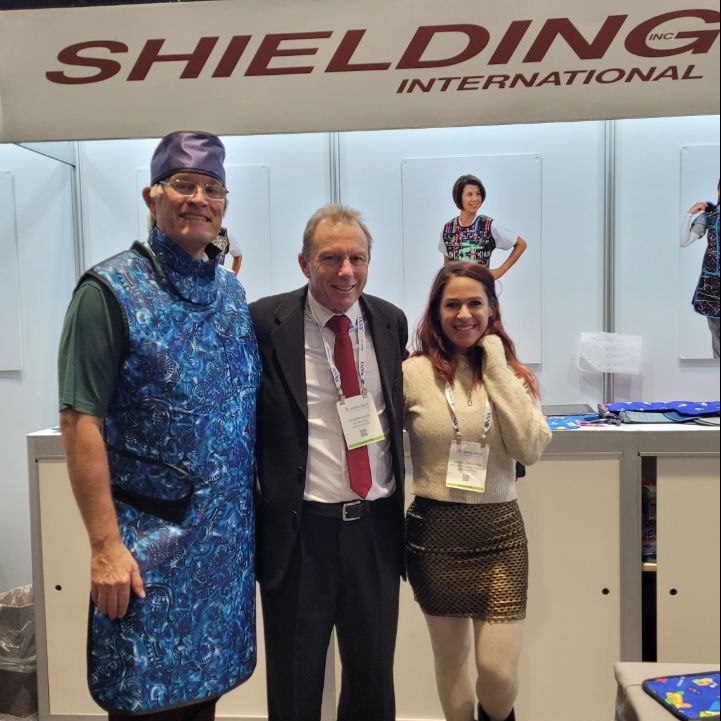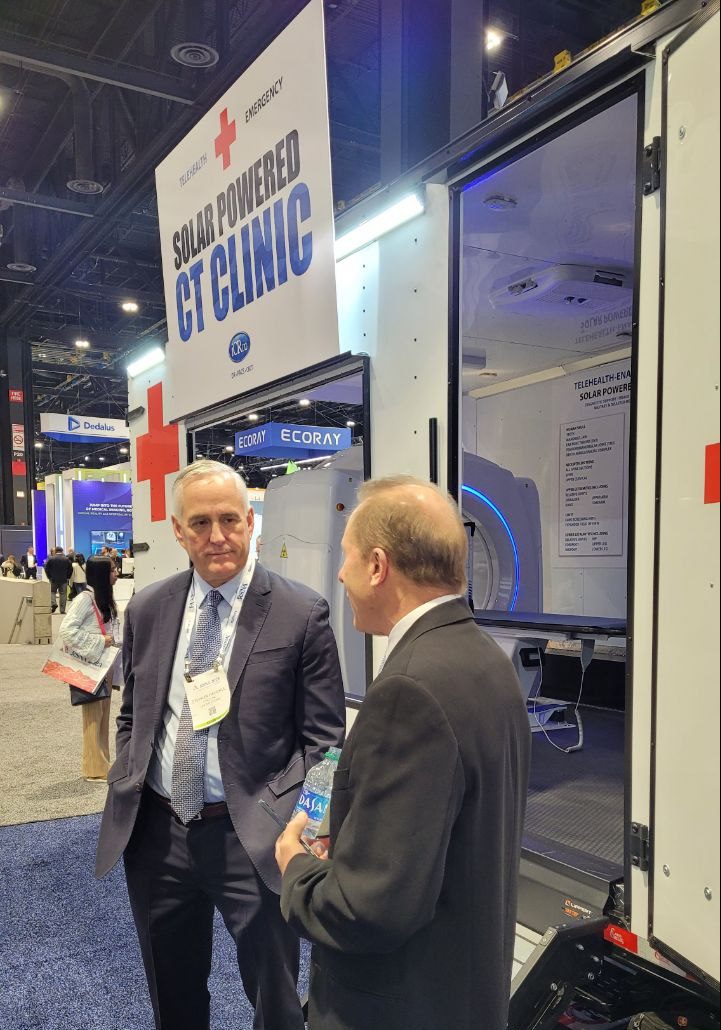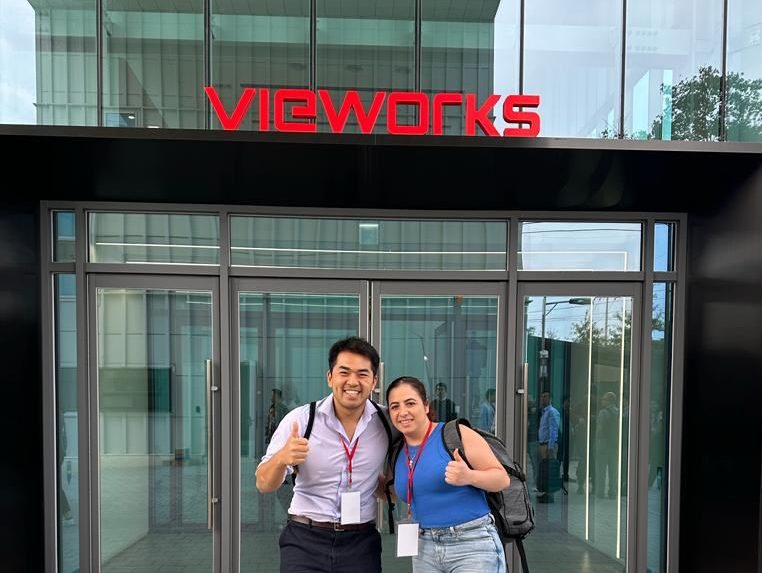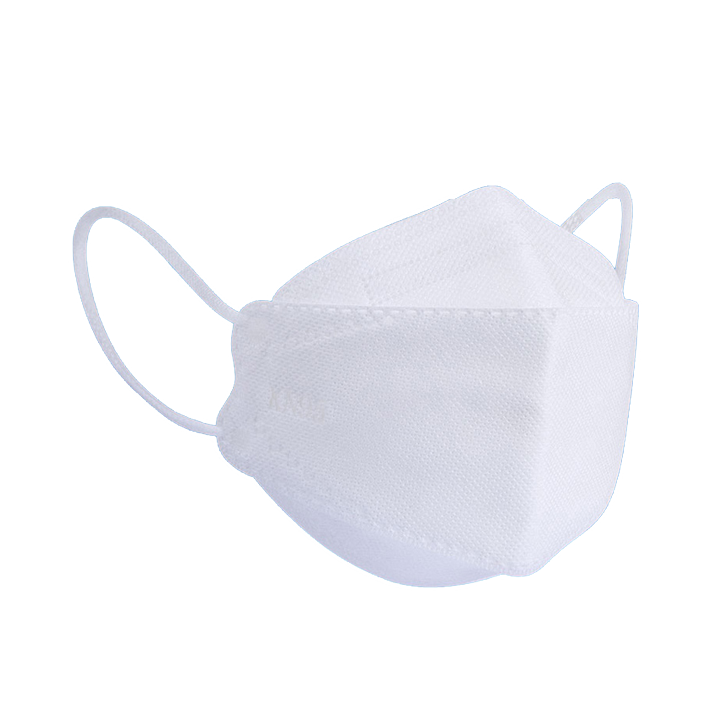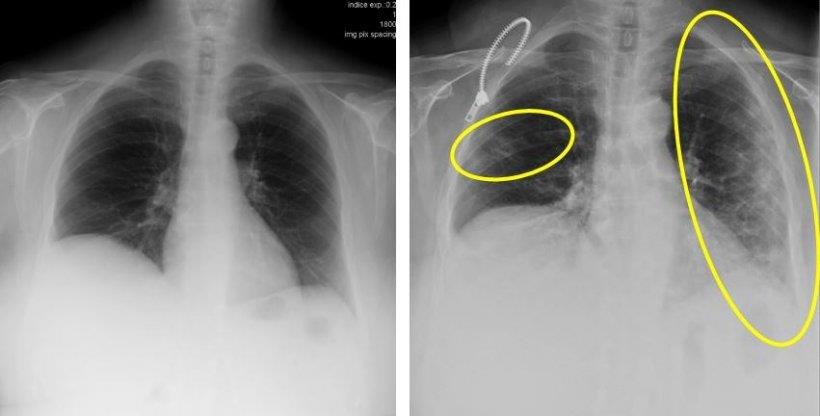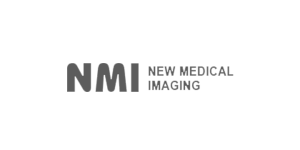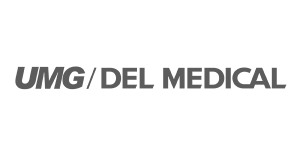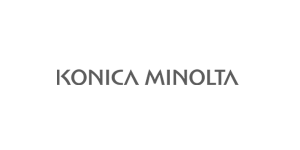ATX Partners With SK Telecom to Introduce AI- Powered Veterinary Aid to the Australian Market
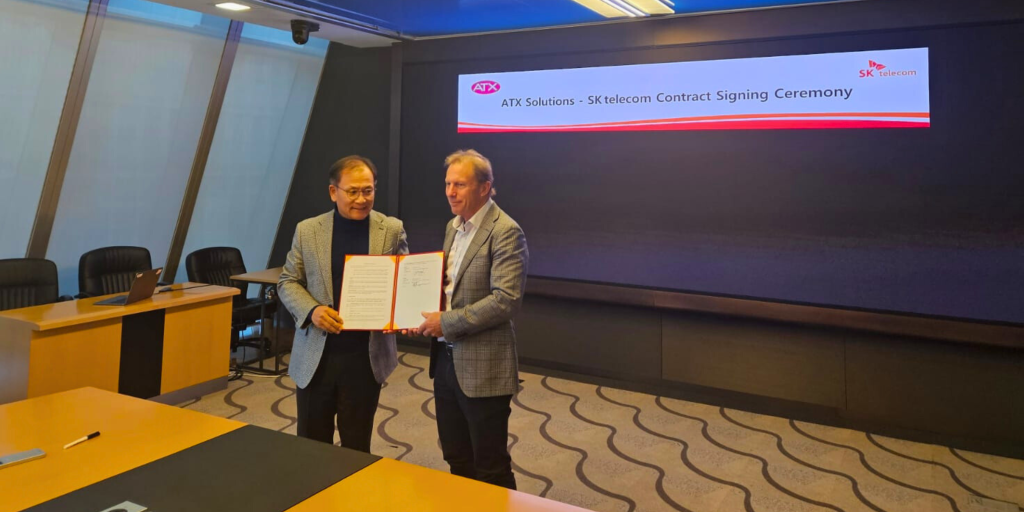
On February 13, SK Telecom signed a commercial agreement with ATX Medical Solutions, Australia’s largest medical device distributor, to distribute X Caliber, a veterinary diagnostic assistant, in Australia.
ATX announced on February 13 that it has signed a commercial agreement with SK Telecom (SKT), South Korean wireless telecommunications operator, to distribute X Caliber, Korea’s first AI-based veterinary X-ray image diagnosis assistance service, across Australia.
This technology aim to transform veterinary care across Australia, offering rapid, detailed and more effective diagnostics and tailored treatment plans for veterinary practices nationwide.
‘X Caliber’ is a web-based service that uses AI to analyse X-ray images of small animals taken by a veterinarian and uploaded to the AI platform ‘X Caliber Vet AI’, and delivers the analysis results back to the veterinarian within 30 seconds.
Since X Caliber uses cloud to store and retrieve data, there is no need to install a separate server within the hospital. In addition, as a web-based service, X Caliber can be easily upgraded and managed. Veterinarians can examine the results of the AI-based image diagnosis on their mobile devices or PCs anywhere, anytime.
ATX will integrate X Caliber into its cloud software, ITX PACS, a cloud based storage facility that allows to access, store, manipulate and share X-ray data with other computers on the network.
ATX reduces the costs and risks involved with storing these studies and offers a diverse range of tools that have been developed to improve diagnosis and offer effective measurement options for veterinarians to use. Learn more about the ITX Pacs, visit our website: https://atxvet.com.au/services/itx-pacs/
The disease detection rate of the SK Telecom X Caliber stands at 84-86%.* It also showed 97% accuracy in measuring VHS (Vertebral Heart Scale).
- 84% for detection of 10 different abnormal patterns from chest X-ray images of dogs
- 86% for detection of 7 different abnormalities from musculoskeletal X-ray images of dogs
The agreement comes less than 100 days after the two companies signed a strategic partnership to utilise X Caliber in November last year.


